HOT PRODUCTS
When it comes to managing household or office water consumption, the debate between using a water dispenser and other options (like bottled water or tap water) has gained considerable attention. The key question for many consumers is: Is it cheaper to use a water dispenser? Let’s take a deep dive into the various factors that impact the cost-effectiveness of using a water dispenser, and whether it truly offers a more affordable solution.
1. Types of Water Dispensers and Their Costs
Water dispensers generally come in three types: bottled water dispensers, point-of-use (POU) dispensers, and countertop or under-sink dispensers. The type of dispenser you choose will have a significant impact on both initial costs and ongoing maintenance expenses.
Bottled Water Dispensers:
Bottled water dispensers are the most common in homes and offices. They require large water bottles (typically 3 or 5-gallon bottles) to be placed on top of the dispenser. These bottles are often delivered by water companies, and they need to be replaced every time they run out.
Initial Cost: Bottled water dispensers themselves are usually not very expensive, typically ranging from $30 to $150, depending on the brand and features.
Ongoing Costs: The main recurring cost is the price of the bottled water itself. A 5-gallon bottle of water typically costs between $5 to $10, depending on the brand and location. A family of four, for instance, might go through one bottle per week, which can add up to $20 to $40 per month.
Point-of-Use (POU) Water Dispensers:
POU dispensers connect directly to your home or office’s water supply and filter the water as it is dispensed. These are often installed in kitchens or offices and are plumbed into the water line, meaning there is no need for bottled water.
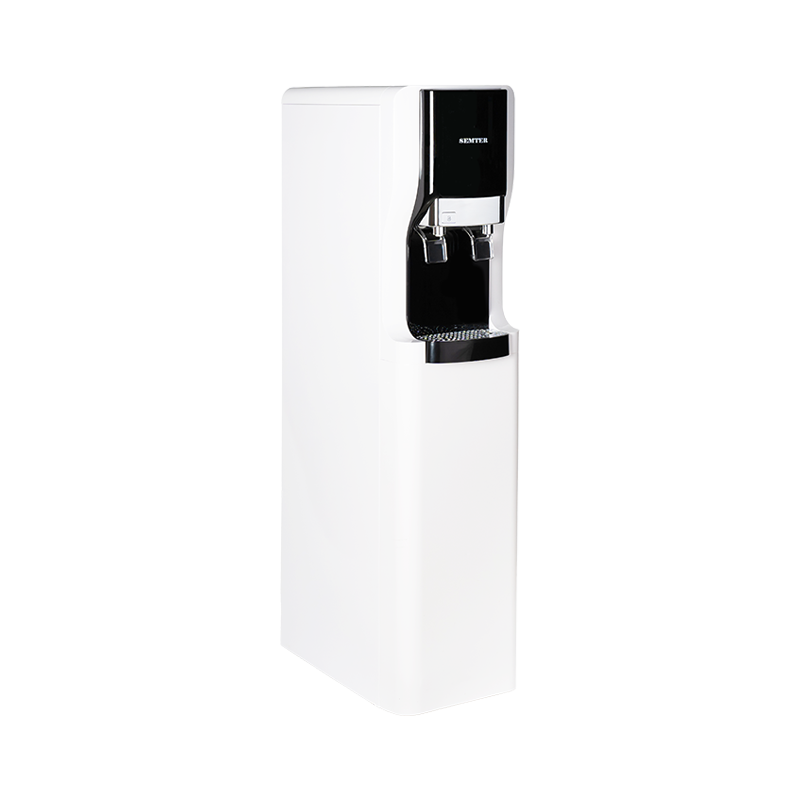
Initial Cost: The upfront cost of a POU dispenser can range from $100 to $500, and installation costs may add another $100 to $200 depending on your location and the complexity of the setup.
Ongoing Costs: The recurring costs are related to maintenance, which might include changing filters every 6 months to a year. The cost of replacement filters can range from $30 to $100 annually, depending on the brand. However, because you’re using tap water, the ongoing cost of the water itself is very low.
Countertop or Under-Sink Water Dispensers:
These dispensers work similarly to POU systems but are more compact and designed for smaller spaces. They can be plumbed into the water line or use a small tank that is refilled periodically.
Initial Cost: Countertop models can cost between $150 and $300, while under-sink models might be closer to $200 to $600, depending on the brand and features.
Ongoing Costs: As with POU systems, the ongoing costs for filters will vary but generally range from $30 to $100 annually.
2. Cost Comparison: Water Dispenser vs. Bottled Water
To determine whether it’s cheaper to use a water dispenser compared to other methods of water access, it’s essential to compare costs on a per-year basis. Here’s an estimate for each type of water supply:
Bottled Water (for an average family of four):
Initial Investment: $30 to $150 for the dispenser.
Annual Water Cost (for 4 people): $240 to $480 (based on $5 to $10 per 5-gallon bottle, used once a week).
Annual Total Cost: $270 to $630.
Point-of-Use Water Dispenser:
Initial Investment: $100 to $500 for the dispenser and installation.
Annual Water Cost (for 4 people): $20 to $50 (because you're using tap water, which is typically cheaper than bottled water).
Annual Total Cost: $120 to $550.
Countertop or Under-Sink Water Dispenser:
Initial Investment: $150 to $600.
Annual Water Cost (for 4 people): $20 to $50.
Annual Total Cost: $170 to $650.
3. Long-Term Savings
When comparing bottled water with POU or countertop water dispensers, the main difference in cost comes down to the recurring price of bottled water. Over the course of a year, bottled water is significantly more expensive. While there are initial costs for installing a POU or countertop dispenser, the savings from using tap water will generally outweigh these upfront expenses.
Bottled Water Dispenser:
Over 5 years, the total cost would be approximately $1,350 to $3,150, including the cost of the dispenser and the water bottles.
Point-of-Use or Countertop Dispenser:
Over 5 years, the total cost would be approximately $600 to $1,800, including the initial cost of the dispenser, installation, and ongoing filter maintenance.
4. Environmental Impact and Hidden Costs
While cost is a major factor, many people also consider the environmental impact of their water consumption. Bottled water is associated with significant plastic waste and energy costs for production and transportation. By using a water dispenser that connects to the tap, you can help reduce plastic waste and carbon footprint, which is an indirect cost-saving benefit.
Hidden Costs of Bottled Water:
Environmental: The production, transportation, and disposal of plastic bottles contribute to pollution and resource depletion.
Energy: The process of bottling, transporting, and storing bottled water consumes energy, increasing its overall environmental impact.
5. Convenience Factor
In terms of convenience, bottled water dispensers might be preferred by those who do not want to worry about installation, filter changes, or plumbing. Additionally, bottled water can be stored and accessed without needing to be constantly hooked up to the water supply.
On the other hand, POU and countertop dispensers might be more convenient for people who want consistent access to filtered water without the hassle of ordering and storing large water bottles. They also eliminate the need to lug heavy bottles from the store or wait for delivery.
6. Additional Considerations: Taste and Quality of Water
Another important factor to consider is the taste and quality of the water. Bottled water is often perceived as higher quality and better-tasting, particularly in areas with poor tap water. A POU system with a high-quality filtration system can provide comparable water quality, but it may depend on the brand and type of filter you use.
Conclusion
Is it cheaper to use a water dispenser? The short answer is yes, particularly if you opt for a point-of-use or countertop water dispenser, where your ongoing costs are mainly limited to filter replacements. While bottled water dispensers may be more convenient, they come with significantly higher recurring costs.
From a purely financial perspective, using a water dispenser that taps into your home or office’s water supply is generally the most cost-effective long-term solution. The environmental benefits and convenience of having constant access to filtered water without the need for deliveries further add to its appeal.
If cost is your main concern, switching from bottled water to a point-of-use or countertop dispenser can save you hundreds of dollars each year and reduce your environmental footprint.





 Language
Language
 English
English Español
Español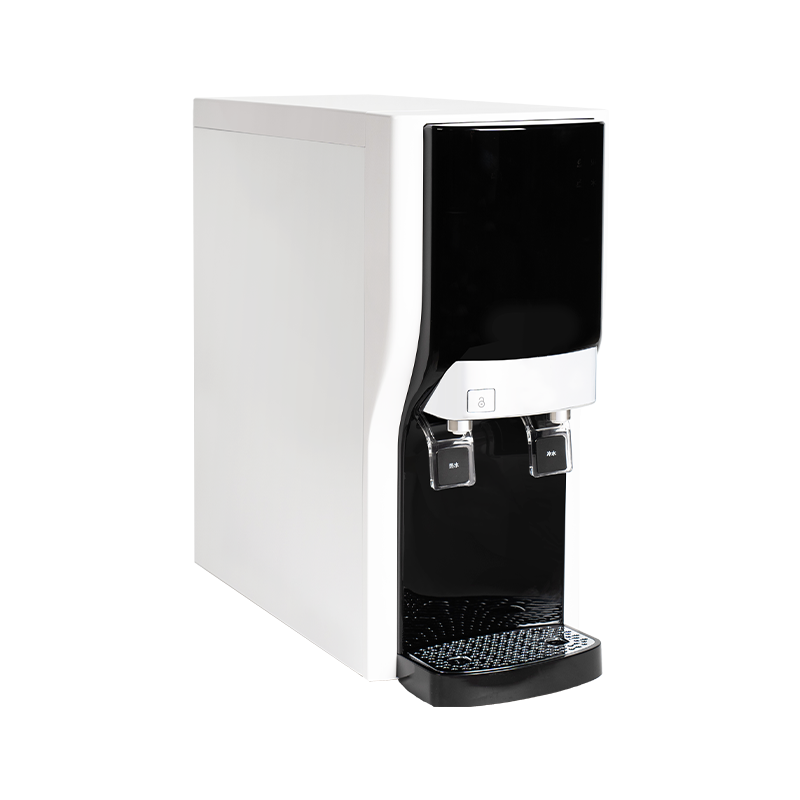

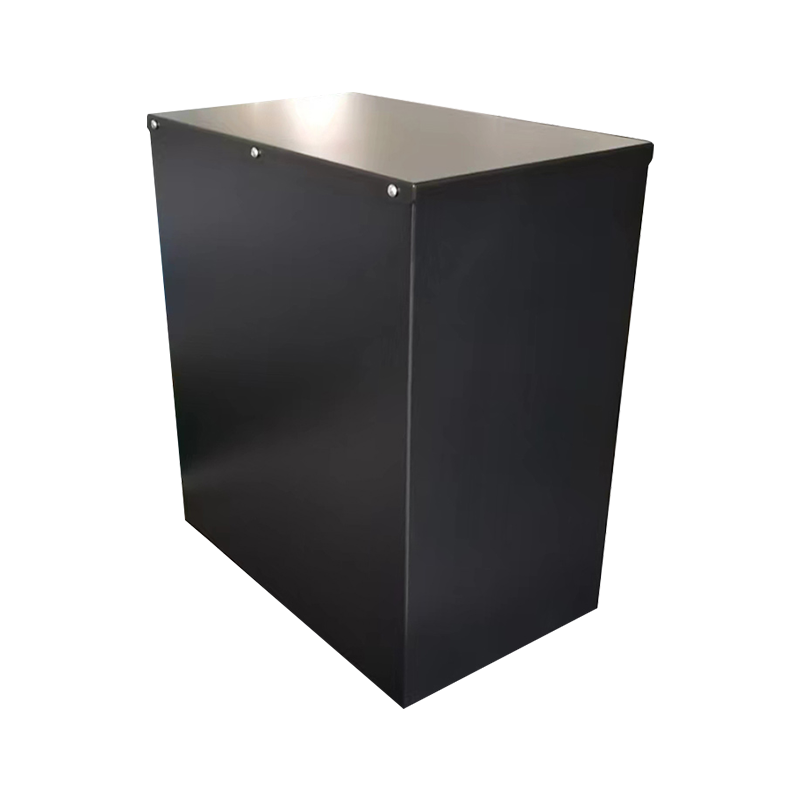

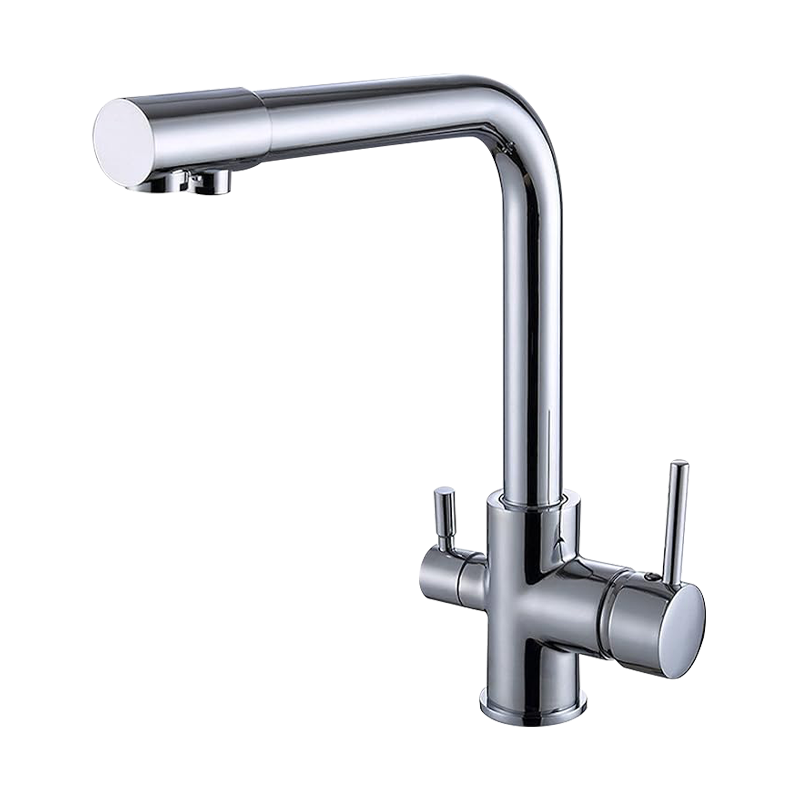
-1.png)
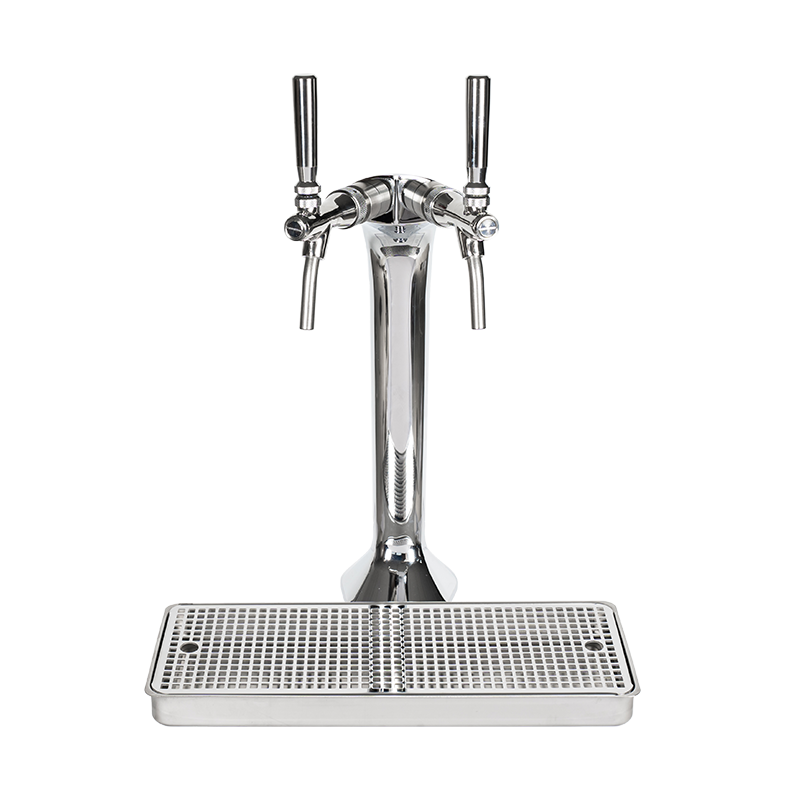
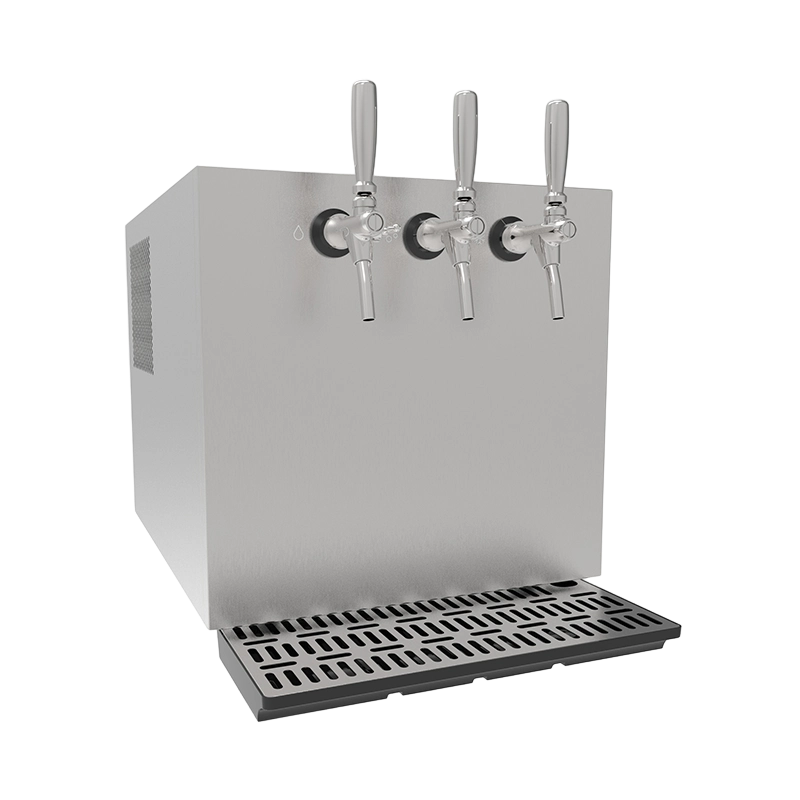
 ADDRESS
ADDRESS CONTACT
CONTACT EMAIL
EMAIL